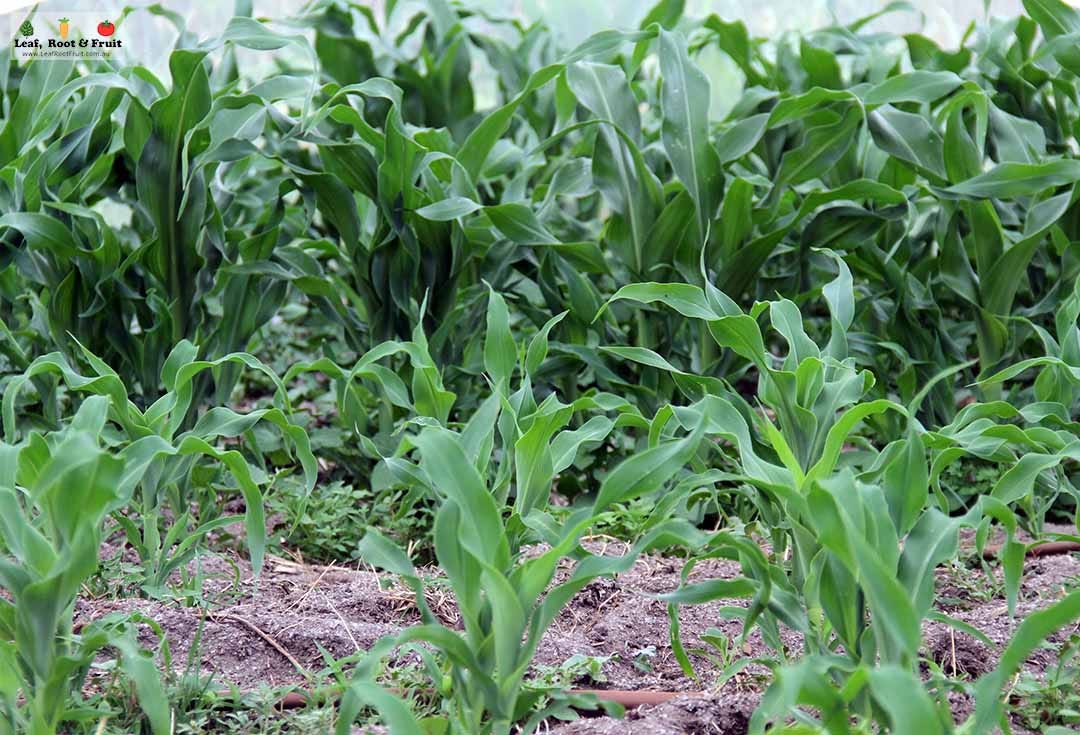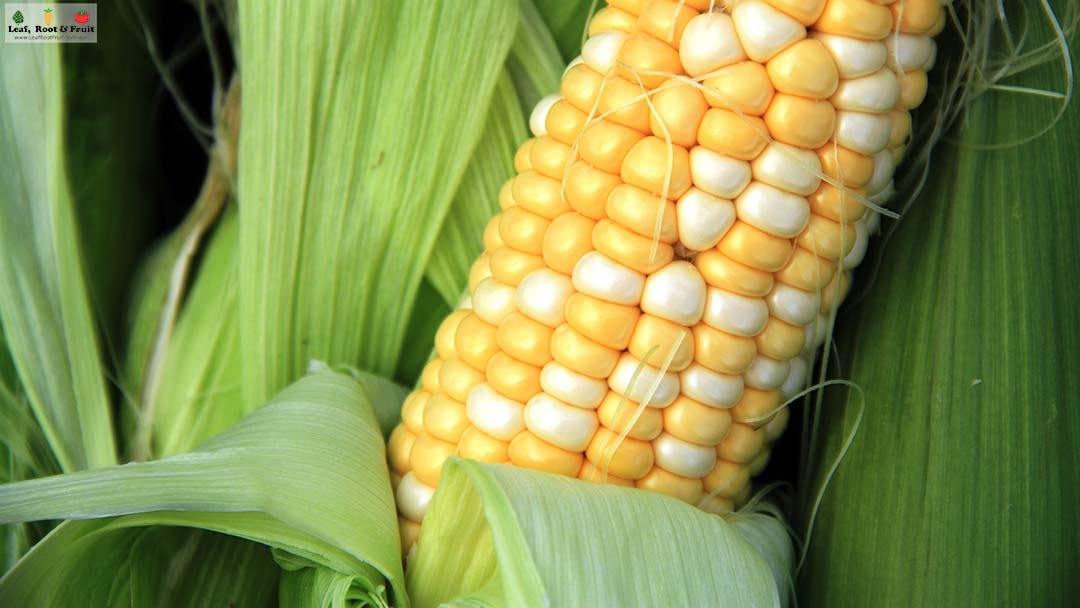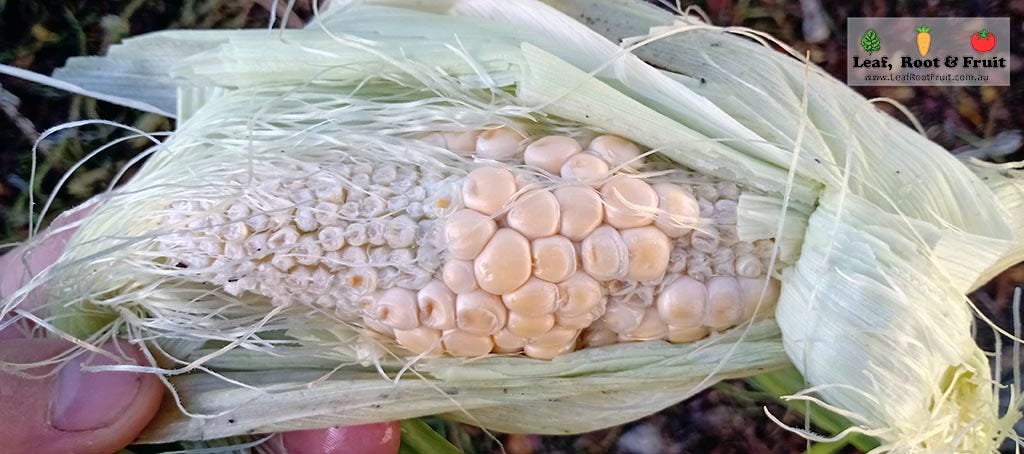For me, sweet corn evokes many memories and emotions.
It reminds me of late summer and early autumn camping trips to northern Victoria with a huge bag full of freshly picked homegrown corn cobs stashed in the back of the ute. We roasted those cobs over the campfire and ate them until we were stuffed. Good times.
Sweet corn also reminds me of the frustrations of growing food in suburbia. If there’s one crop that rats love, it’s sweet corn. The few years that I tried growing it in Melbourne were always the same. The plants would grow well (and use up a lot of water in the process). The cobs would start to ripen. We would enjoy our first delicious meal from them. The next morning, bam, the whole lot would be gone. Overnight the rats would have stripped the cobs clean. After a few years I gave up on growing sweet corn in the suburbs. It was just too frustrating.
Then there’s the humility. Sweet corn has taught me to always test my assumptions. I used to be adamant that sweet corn should always be directly sown, not transplanted. I’d tried transplanting it and it had never succeeded. But last summer all that changed. I had problems with germination rates in my corn, so I sowed back-ups in the greenhouse and transplanted them. It worked. It worked so well, in fact, that my early crops of sweet corn from now on will be started in the greenhouse. I’ve changed my thinking and my advice to others and it’s all thanks to some dodgy corn seed (more on this story here).
It doesn’t make me feel quite as sentimental as tomatoes, but sweet corn is such an emotional crop!
Plant sweet corn successively for a continuous crop
The main challenges of growing sweet corn crops are water and space. Sweet corn needs a lot of both. There’s no point growing a small crop of, say, six plants. It usually doesn’t work out very well. You need to grow large crops of sweet corn to ensure high quality cobs (more on that in a minute). Sweet corn is also very thirsty. The plants need an abundance of water to grow big and strong. Large strong plants equate to large and tasty cobs.
I have a lot of space to grow food. And I have a very reliable supply of water on our property. This gives me the luxury of being able to grow lots of sweet corn. I love it so much that every summer I’ve lived in Kyneton, I’ve grown five or six successive crops, each of 50 plants.

Common problems when growing sweet corn
Growing sweet corn is fun. If you have the space and water, then I recommend you give it a go. Some summer days you can almost see the plants growing taller, and kids love playing in a corn patch. But things can also go horribly wrong. Think rats, drowned seed, drought stress and pollination problems.
Each of the silks hanging out of the end of the cob links to one of the kernels inside the cob. Each kernel need to be pollinated by the male flowers on top of the plants. If the kernels aren’t pollinated (by the wind), then they don’t swell and fill with delicious sugary sweetness.
To help ensure good pollination:
Plant in blocks (not long rows)
Plant at least 30 corn plants (I have seen successful crops grown with fewer plants, but pollination is not always that great with less than, say, 24 plants).
Freshly planted corn seed is prone to rotting in cold, damp soil, so crops planted too early in the season, before the soil has warmed up, tend to fail. As mentioned above, from now on my earliest crop of the season will be started in the greenhouse and transplanted.
Underwatered and underfed corn plants will be stunted and unproductive. Feed and water your crop well or don’t waste your time.
Then there are the rats. I’d go so far as to say don’t bother growing sweet corn in suburbia or anywhere that has rats. More on rats here.

The following posts in the Vegetable Patch from Scratch series will give you more information on:
The nitty-gritty of growing sweet corn: phenology, varieties and planting
Timing
This chart shows the best times to grow sweet corn based on my experience of growing these crops in both Melbourne (warm temperate) and Kyneton (cool temperate), both in south-eastern Australia. The timing is applicable for growers in the same climates across the southern hemisphere. Northern hemisphere folks will need to adjust the timing by six months.





